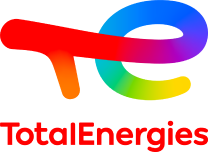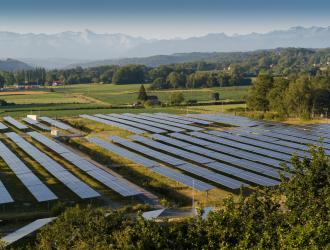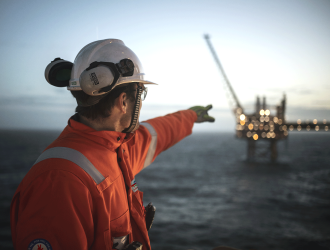07/04/2025
For TotalEnergies, the dual challenge of the energy transition is to provide the world with more energy while emitting less CO2. The carbon intensity indicator measures our progress in decarbonizing the energy mix of our sales. But how is carbon intensity measured?









